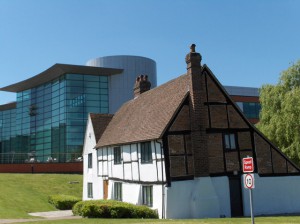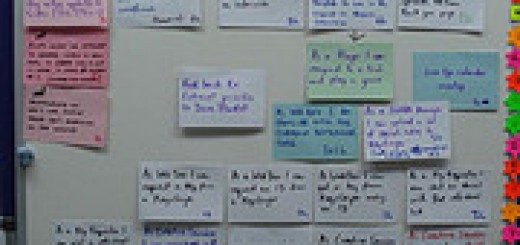LinkedIn is often thought of as a kind of CRM, where you have a directory of information on contacts and can search them and contact as needed, and as a job listing site. If you’re trying to use LinkedIn to strengthen connections and keep an eye out for opportunities that could be beneficial to you and a connection, you need to use LinkedIn as a social network.
LinkedIn has changed over the years. There was a time, when there was Answers on LinkedIn, the Quora like feature of LinkedIn that let people help others and show off their expertise, and when Groups were a bit more vibrant and less gamed, that it made sense to connect more liberally. At that time, LinkedIn could be used for networking. You could connect with people you really didn’t know, get to know them, build a relationship, and work with them. This is the way Twitter works now. You can easily slip into discussions and solidify relationships with connections and lists.
Now a lot of people use LinkedIn connections as permission to start aggressively selling. They’ll add you to mailing lists you didn’t ask to be on, they’ll message you and email you repeatedly. With your contact information they might call you, as well. LinkedIn, as it is presently, cannot be used for casual networking. Connecting on LinkedIn is now the equivalent to giving someone permission to contact you in every conceivable way, so you’d better be sure you want to have that connection.
I’ve been using LinkedIn since 2004. Way back in those early days you could get to know people on LinkedIn without fear of being slammed with spam and hard sales pitches. I say that to explain why I have 3469 connections. A big part of my getting value out of LinkedIn again is going to be trimming that down. I don’t have a specific goal, but I expect I’ll end up with 10% of the connections I currently have.




